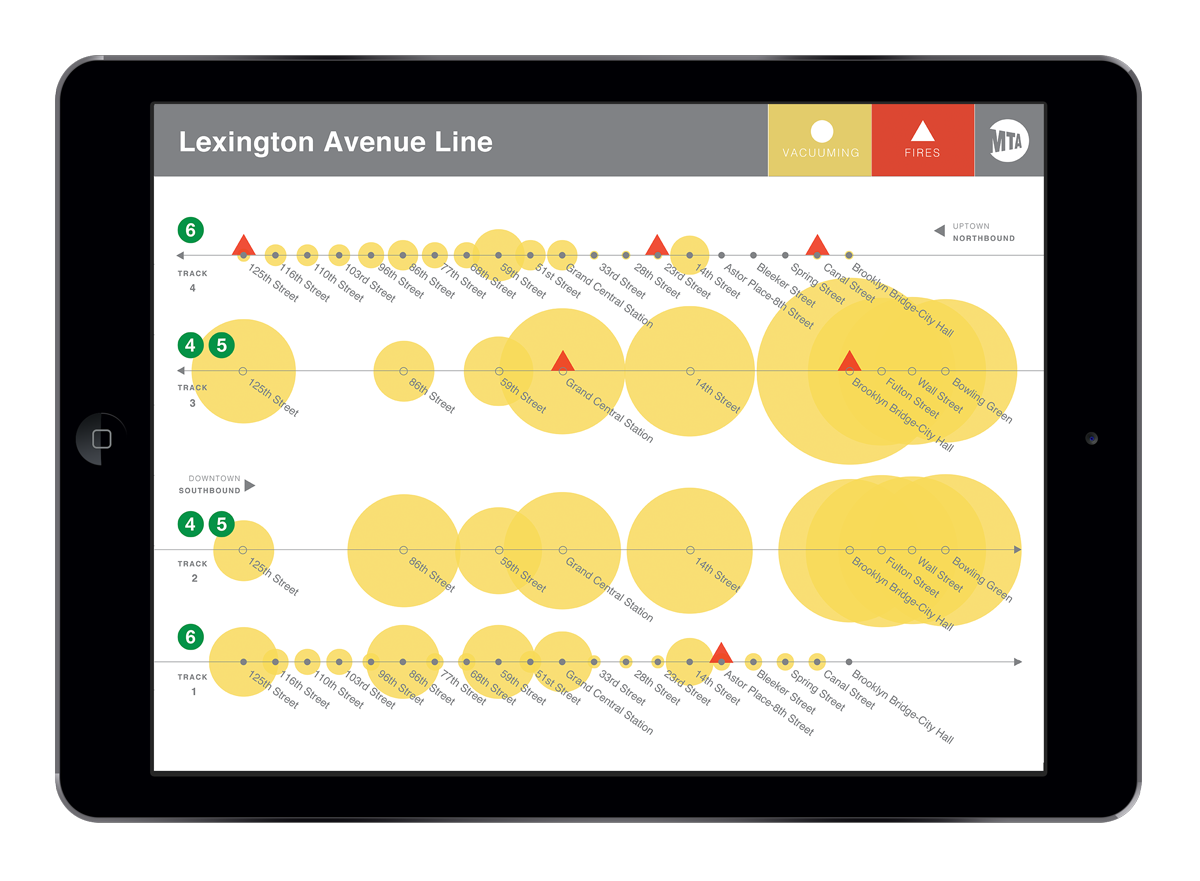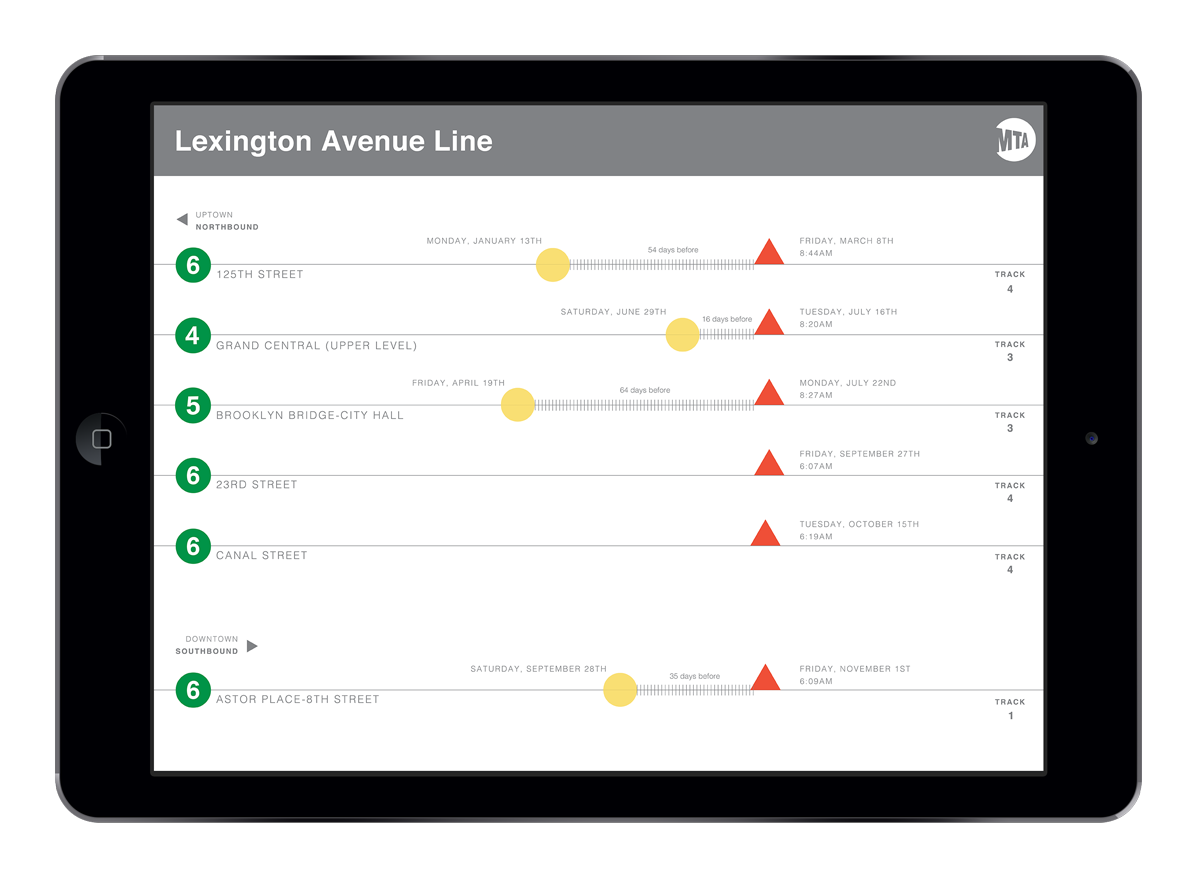MFA project at SVA // Concept + Design + Code
Conceived, designed and built in early 2015 for my graduate thesis, DUAL is an educational two player game for iPad that introduces basic programming concepts. Echoing classic board games, players battle to connect consecutive pieces on a grid. But rather than manipulate pieces directly, players must 'program' them – a process requiring sequential thinking and logic akin to programming itself.
The goal for DUAL is not to teach players to code, but to initiate them in computational thinking. This empowers them to better understand, critique, and imagine new uses for technology, as well as building skills for strategizing, problem-solving and creativity useful in everyday life.
As part of the project, I also built a website explaining what players learn through playing the game, and wrote a detailed account of the development process, including inspiration, motivation, and how I went about designing and coding the game. You can find all this, and download the game for free from the iPad App Store, by visiting playdual.com.
Since launching in the App Store, DUAL has been downloaded hundreds of times across the USA, Canada, Latin America, Caribbean, Europe, Asia Pacific, India, Africa and Middle East.
Below is my thesis presentation at the SVA Theatre in Chelsea in May 2015, demonstrating how the game works, why I created it, and what I hope it achieves.



















